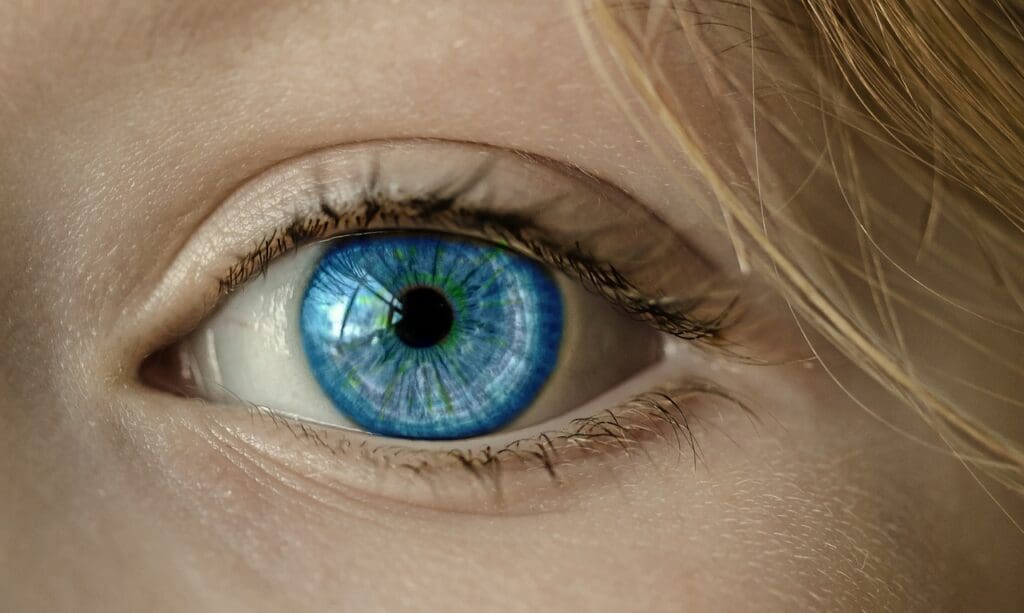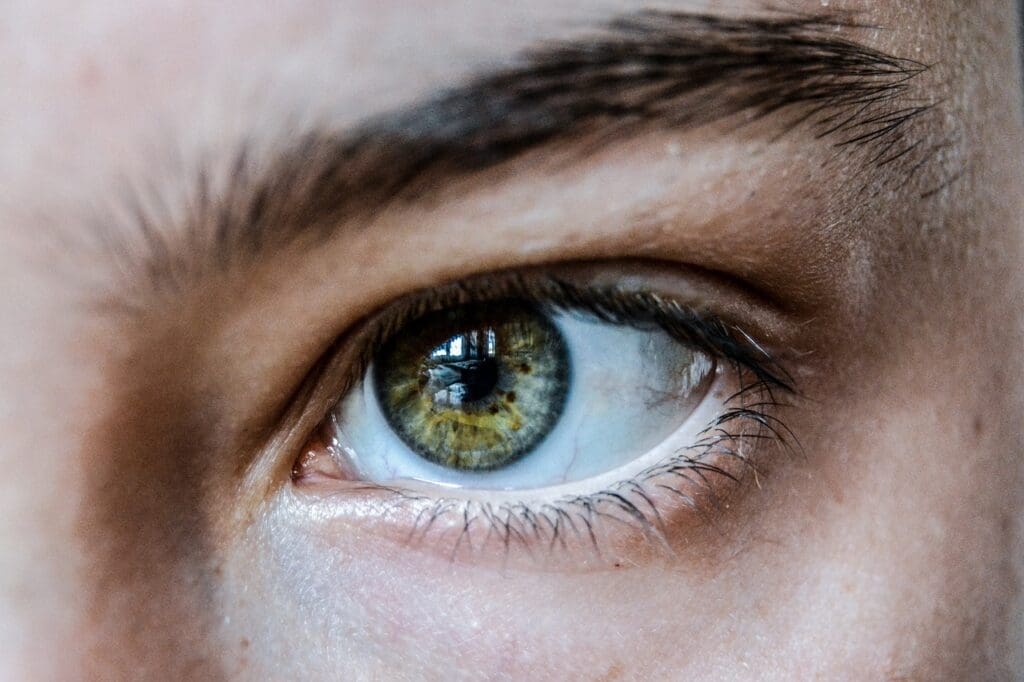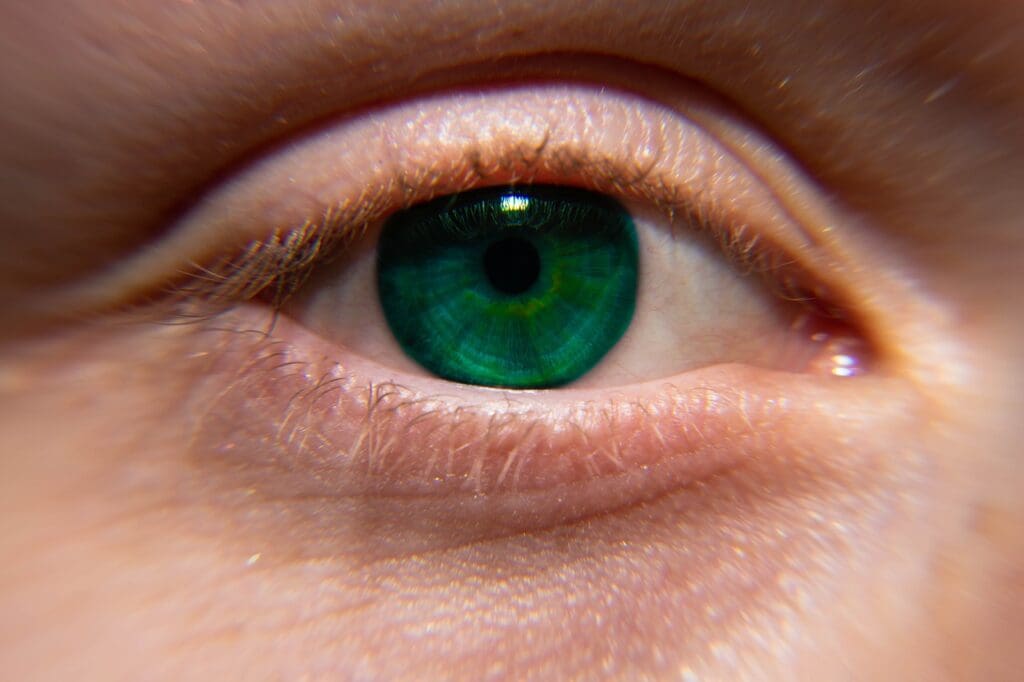20 Amazing Facts About Eyes
In the intricate tapestry of human biology, the eyes stand as marvels of complexity and wonder. These remarkable orbs are not mere windows to the soul; they are intricate biological masterpieces, capable of processing an astonishing amount of information in the blink of an eye—quite literally. From their awe-inspiring ability to distinguish millions of colors to the extraordinary speed at which they transmit visual data to the brain, eyes are a testament to the breathtaking capabilities of the human body. In this compilation of 20 astounding facts about eyes, we delve into the captivating realms of ocular science, unveiling the secrets behind their mesmerizing mechanics and the mysteries that make them one of nature’s most phenomenal creations. Here we go;
1. The retina contains about 120 million rods

Image by Bruno Henrique from Pixabay
The retina, a vital layer at the back of the eye, houses approximately 120 million rods and 6 million cones, collectively orchestrating our visual experiences. Rods excel in low-light conditions, facilitating night vision by detecting subtle contrasts and shades.
Conversely, cones are instrumental in discerning color variations, enabling us to perceive the rich spectrum of the world around us. This intricate interplay between rods and cones forms the foundation of our visual perception.
As light traverses the eye, activating these specialized photoreceptor cells, the brain synthesizes the information they provide, constructing the vibrant and detailed images that constitute our visual reality.
2. Each eye has a blind spot where the optic nerve connects to the retina
In the complex architecture of the eye, a curious phenomenon exists: the blind spot. Positioned where the optic nerve interfaces with the retina, each eye harbors a region devoid of light-sensitive cells.
Astonishingly, this gap goes unnoticed in our daily perception of the world. The brain, ever the masterful interpreter, seamlessly compensates for this visual void by filling it in with information from the surrounding areas.
Through a process known as visual interpolation, the brain synthesizes the missing data, providing a continuous and cohesive visual experience.
This remarkable adaptation underscores the brain’s capacity to construct a seamless reality, even when presented with the intricacies and imperfections of our visual apparatus.
3. Emotional tears contain different chemical compositions than tears produced

Image by LhcCoutinho from Pixabay
Tears, often perceived as mere physiological responses, harbor a fascinating duality. Emotional tears, shed in response to joy, sadness, or stress, diverge in chemical composition from those prompted by irritants like chopping onions.
Emotional tears contain stress hormones and elevated levels of manganese, acting as a unique emotional release. Remarkably, these tears also possess a natural painkiller, enkephalin, offering a therapeutic dimension to their expression.
In contrast, tears triggered by irritants primarily serve as protective mechanisms for the eyes, featuring a composition focused on cleansing and lubrication.
This striking contrast in tear composition highlights the intricate and multifaceted nature of tears, serving not only as physiological responses but also as nuanced expressions of our emotional experiences.
4. 3D Vision
The marvel of three-dimensional (3D) vision lies in the intricate coordination between our eyes and the brain. Each eye captures a slightly different perspective of the world, a phenomenon known as binocular disparity.
This binocular disparity is the key to depth perception. Remarkably, our brain seamlessly merges these disparate images, creating a composite picture that transcends flatness.
This fusion of visual input allows us to perceive depth, judge distances accurately, and navigate our environment with precision. The brain’s sophisticated processing, integrating information from both eyes, is the architectural cornerstone of our immersive 3D vision, enriching our visual experience and contributing to our adeptness in gauging spatial relationships.
5. Humans produce about 5 to 10 ounces of tears each day

Image by vishnu vijayan from Pixabay
The lacrimal gland, a small yet significant organ nestled above each eye, orchestrates the production of tears—a fluid with a profound impact on human expression and well-being.
Astonishingly, on a daily basis, humans generate approximately 5 to 10 ounces of tears. This fluid serves a myriad of purposes, from lubricating the eye surface to preventing infection and promoting clear vision. Emotional states also trigger tear production, manifesting as tears of joy or sorrow.
The delicate balance achieved by the lacrimal gland showcases its remarkable efficiency in maintaining ocular health, while the volume and diverse functions of tears underscore the intricate interplay between anatomy and emotion in the human experience.
6. Eyes are Self-Cleaning
Eyes, the windows to our souls, possess an ingenious self-cleaning mechanism. Tears, more than just emotional expressions, are endowed with enzymes that act as natural guardians against bacterial intruders.
These enzymes serve a vital role in preventing infections and maintaining ocular health. Furthermore, the act of blinking plays a crucial part in this ocular hygiene.
Every blink spreads this tear-borne protective concoction evenly across the eye’s surface, ensuring a continuous and effective cleansing process.
Through this dynamic synergy of tears and blinks, our eyes navigate a constant dance, warding off potential threats and preserving the clarity and well-being of this vital sensory organ.
7. The brain is the only organ more complex than the eye
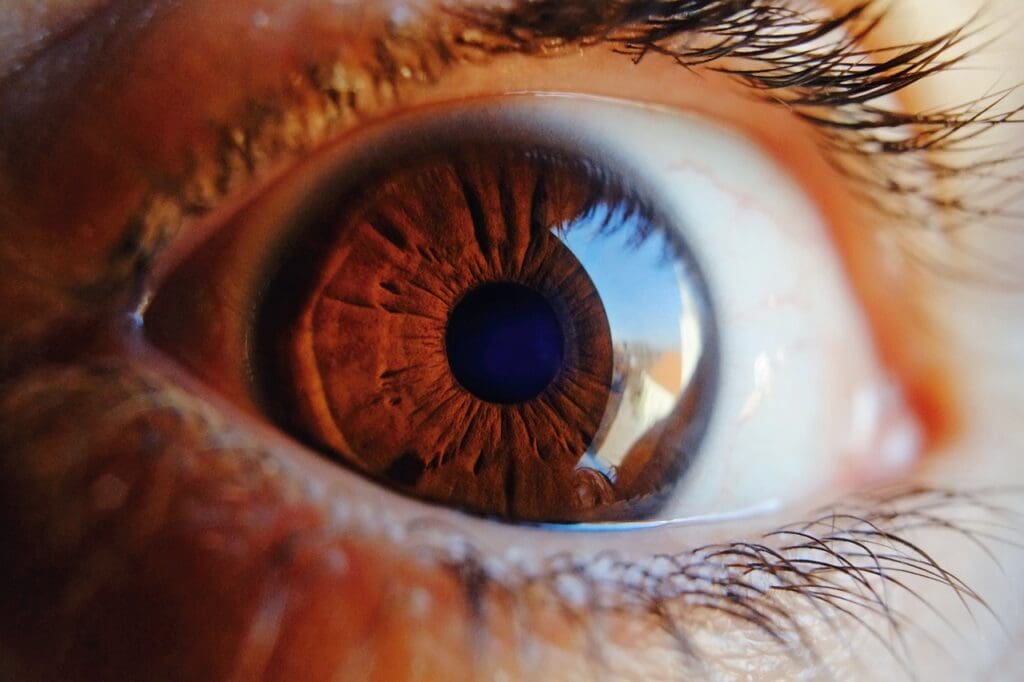
Image by Juraj Varga from Pixabay
The eye is a marvel of biological engineering, boasting intricate mechanisms that make it one of the most remarkable organs in the human body. Surprisingly, the brain is the sole organ that surpasses the eye in complexity.
Comprising over two million working parts, the eye can distinguish around 10 million colors and process information at an astounding speed. Blinking occurs approximately 17 times per minute, keeping the eye lubricated.
Despite being small, the eye’s cornea has no blood vessels, relying on tears and the aqueous humor for nourishment. Additionally, eyes can heal rapidly, with the cornea capable of recovering from minor injuries in just a day.
The eyes not only capture the world’s beauty but also stand as a testament to the intricate wonders of human anatomy.
8. Over 1 in 8 males are color-blind
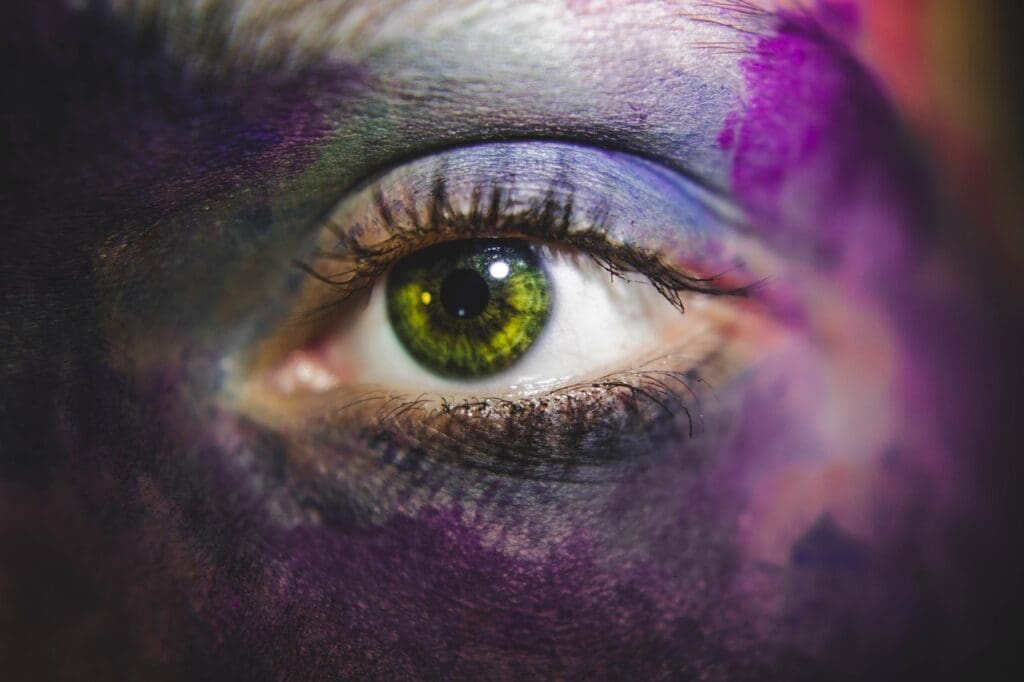
Image by fotografierende from Pixabay
Color blindness, a condition often associated with the X chromosome, affects more than 1 in 8 males globally. This prevalent genetic trait arises when the eye’s cones, responsible for detecting specific wavelengths of light, malfunction.
The most common type is red-green color blindness, where individuals struggle to differentiate between these hues. This condition is less prevalent in females due to the presence of two X chromosomes, offering a potential backup.
Though color blindness doesn’t impede daily activities, it can pose challenges in tasks like reading maps or identifying ripe fruits. Understanding the prevalence of this condition sheds light on the diversity of human vision and emphasizes the importance of accommodating different visual experiences in design and everyday life.
9. Over 80% of the brain’s processing is from our vision
Our vision is a powerhouse, contributing significantly to our cognitive processing — over 80% of the brain’s activities are dedicated to interpreting visual information.
The eyes constantly send signals to the brain, where intricate processes unfold to make sense of the visual world. From recognizing faces to navigating surroundings, this continuous influx of visual data shapes our perceptions and influences decision-making.
Remarkably, the brain processes visual information at a phenomenal speed, allowing us to swiftly respond to our environment.
This dominance of vision in cognitive processing underscores the profound impact of sight on our daily experiences, highlighting the intricate connection between the eyes and the brain in shaping our understanding of the world.
10. Children with vision problems are often misdiagnosed with dyslexia

Image by thank you for 💙 from Pixabay
Children grappling with vision problems often face the challenge of misdiagnosis, as their visual impairments can manifest as symptoms resembling dyslexia, ADHD, or other learning difficulties.
When undetected, issues like astigmatism, nearsightedness, or convergence insufficiency may lead educators and parents to attribute academic struggles to different causes.
Vision problems can impede a child’s ability to read, focus, and comprehend information, creating an academic hurdle that may be mistakenly linked to unrelated learning disorders.
Early and accurate diagnosis of visual issues is crucial to providing the appropriate interventions and ensuring that children receive the necessary support to overcome these challenges, emphasizing the importance of comprehensive eye examinations in pediatric healthcare.
11. There are NO pain nerves inside the eye
The human eye, a marvel of intricate design, lacks pain receptors within its structure, making it susceptible to silent, potentially severe conditions. Individuals may harbor serious eye disorders such as glaucoma and macular degeneration without experiencing pain, rendering these conditions insidious and often unnoticed until irreversible damage occurs.
Glaucoma, characterized by increased intraocular pressure, can silently damage the optic nerve, leading to vision loss. Similarly, macular degeneration, affecting the central vision, may progress without evident discomfort.
Routine eye examinations become paramount, serving as the primary means to detect these silent threats and prevent irreversible impairment. The absence of pain signals within the eye underscores the importance of proactive eye care to safeguard against hidden and potentially sight-threatening conditions.
12. Eyes heal quickly
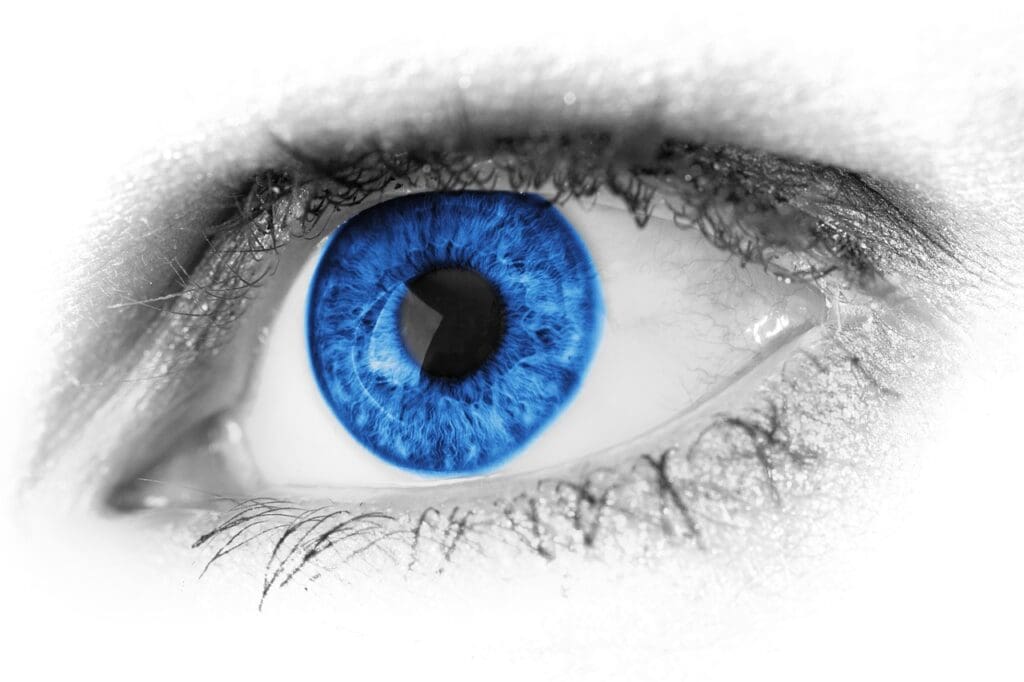
Image by PublicDomainPictures from Pixabay
The human eye possesses a remarkable ability to rapidly heal, with minor corneal scratches typically mending in a remarkably short span of about 48 hours. The cornea, the eye’s transparent outer layer, plays a vital role in focusing light and protecting against external elements.
When scratched, the eye initiates a swift healing process, facilitated by tears that contain growth factors and natural antibiotics. The epithelial cells on the cornea quickly regenerate, sealing the scratch and restoring visual clarity.
While more severe injuries may necessitate professional medical attention, the rapid healing of minor scratches highlights the eye’s resilience and its efficient self-repair mechanisms, allowing individuals to recover from everyday ocular abrasions with impressive speed and minimal intervention.
13. Every second, eyes change focus over 50 times
In a continuous dance of visual adaptation, our eyes undergo a remarkable feat—changing focus over 50 times every second. This intricate process involves the eye’s crystalline lens adjusting its shape to accommodate varying distances, allowing us to seamlessly shift focus from near to far and vice versa.
This rapid adjustment, known as accommodation, is crucial for everyday tasks like reading, driving, and observing our surroundings. The ciliary muscles, responsible for altering the lens shape, work tirelessly to maintain clarity and precision in our vision.
This dynamic ability showcases the extraordinary efficiency of the human visual system, demonstrating its constant responsiveness to the ever-changing demands of our environment.
14. There are over 1 million nerves connecting each eye to the brain
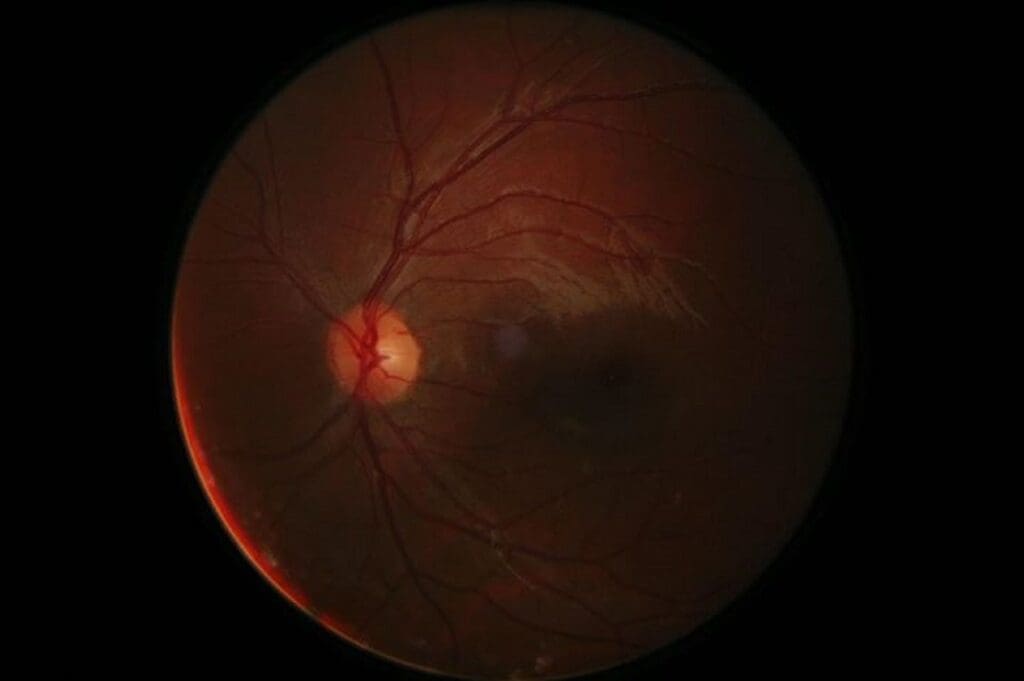
Image by KattanaSox from Pixabay
The intricate connection between the eyes and the brain is facilitated by an astounding network of over 1 million nerves for each eye. These nerves form the optic nerve, a vital pathway for transmitting visual information from the eyes to the brain.
This complex neural highway allows for the rapid and precise communication of visual stimuli, enabling the brain to interpret and process the vast array of images received.
The optic nerve plays a pivotal role in vision, serving as a conduit for electrical signals that convey the rich tapestry of the visual world to the brain, underscoring the intricacy and sophistication of the human ocular system.
15. Retina detects just three primary colors
Although the human retina detects just three primary colors—red, blue, and green—the remarkable ability of our eyes to distinguish over 10 million different colors is due to the intricate process of color perception.
This phenomenon arises from the brain’s adept interpretation of various combinations and intensities of these three color signals. Through complex neural processing, our brain creates a diverse spectrum of hues, shades, and tones, allowing us to perceive the richness of the visual world.
This ability, known as trichromatic vision, showcases the brain’s incredible capacity to extract a vast palette of colors from a relatively limited input, offering us a vivid and nuanced experience of our surroundings.
16. Cornea, is the only part of the body that receives its oxygen directly from the air

Image by Pixel Basket from Pixabay
The cornea, positioned at the front of the eye, is a unique anatomical marvel as it is the sole part of the body that directly obtains its oxygen supply from the air rather than the lungs.
This transparent, dome-shaped structure relies on atmospheric oxygen to nourish its cells, as it lacks blood vessels. Instead, the cornea absorbs oxygen directly from the tear fluid on its outer surface and the aqueous humor within the eye.
This exceptional adaptation ensures optimal clarity and function, emphasizing the intricate ways in which the human body ingeniously meets the diverse needs of its varied components, with the cornea’s reliance on airborne oxygen standing out as a testament to its remarkable design.
17. Only 1/6 of your eyeball is visible
Though our eyes appear deceptively small, only about 1/6 of the eyeball is externally visible. The majority of this remarkable organ lies hidden within the protective confines of the eye socket, shielded by the surrounding bones of the skull. The visible portion includes the cornea, iris, and part of the sclera.
The intricate structures responsible for vision, such as the lens, retina, and optic nerve, are tucked away inside the eye. This concealed complexity highlights the eye’s intricacy and the efficient use of space within the limited confines of the skull.
While the exterior provides important visual cues, it’s the concealed inner workings that orchestrate the awe-inspiring symphony of vision.
18. The eye has six main muscles that control its movement
The intricate ballet of vision is orchestrated by the eye’s remarkable coordination of six main muscles, a testament to the precision embedded in our ocular mechanics.
These muscles, collectively known as the extraocular muscles, work synergistically to regulate the movement of the eye in all directions. Four rectus muscles—superior, inferior, medial, and lateral—guide the eye vertically and horizontally, while two oblique muscles—superior and inferior—contribute to diagonal movements.
This complex interplay ensures that our eyes can smoothly track moving objects, maintain a stable gaze, and adjust focal points with incredible agility.
The harmonious functioning of these six muscles underscores the intricacy and adaptability of the human visual system, allowing us to explore and perceive our surroundings with finesse.
19. The eye is one of the fastest muscles in the body
The eye, often regarded for its delicate and intricate nature, surprises with its astonishing swiftness. Among the fastest muscles in the human body, the eye can execute rapid movements at staggering speeds of up to 500 degrees per second.
This remarkable agility is facilitated by six extrinsic muscles that collaborate seamlessly to navigate the eye in various directions. These rapid movements, known as saccades, enable quick shifts in focus, crucial for tasks such as reading or scanning one’s surroundings.
The eye’s ability to traverse its visual field with such velocity stands as a testament to the precision and efficiency ingrained in its muscular mechanisms, showcasing the incredible adaptability of our sensory apparatus.
20. Unique Iris Patterns
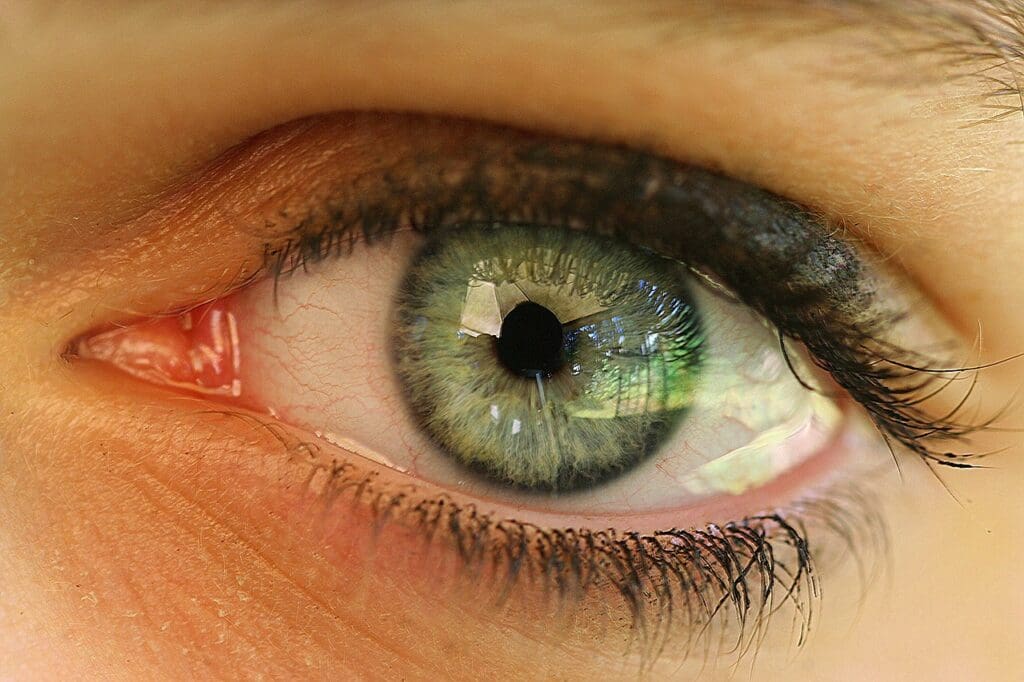
Image by Klausi Shippe from Pixabay
The intricate beauty of the human iris extends beyond its role in regulating pupil size. Much like fingerprints, the iris boasts a distinct and unique pattern specific to each individual.
This exceptional feature has found revolutionary applications in the realm of biometric identification systems. Harnessing the unparalleled uniqueness of iris patterns, these systems provide a secure and reliable method for verifying and recognizing individuals.
The intricate arrangement of crypts, furrows, and pigmentations in the iris forms a virtually unforgeable biological signature.
This biological uniqueness has propelled iris recognition technology into various domains, from access control to border security, where the iris’s individuality stands as an unwavering sentinel, unlocking the potential for enhanced and secure identification methods.
In the grand tapestry of our biology, the eyes emerge as extraordinary marvels, revealing a universe of wonders within each glance. Their intricate design, coupled with awe-inspiring capabilities, elevates these sensory gems to the pinnacle of natural brilliance, inviting us to appreciate the unparalleled spectacle that unfolds with every blink.
Planning a trip to Paris ? Get ready !
These are Amazon’s best-selling travel products that you may need for coming to Paris.
Bookstore
- The best travel book : Rick Steves – Paris 2023 – Learn more here
- Fodor’s Paris 2024 – Learn more here
Travel Gear
- Venture Pal Lightweight Backpack – Learn more here
- Samsonite Winfield 2 28″ Luggage – Learn more here
- Swig Savvy’s Stainless Steel Insulated Water Bottle – Learn more here
Check Amazon’s best-seller list for the most popular travel accessories. We sometimes read this list just to find out what new travel products people are buying.






